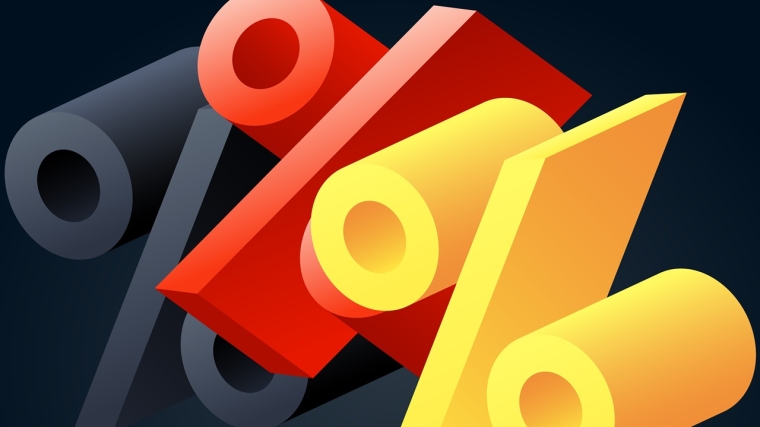
The timing of the Reserve Bank's next interest rate decision could hang on President Donald Trump's tariff policy.
Economists at ASB, KiwiBank and Westpac all noted the day of the RBNZ's next Official Cash Rate review - July 9 - coincides with the expiry of the 90-day pause in the imposition of tariffs on many of the United States' trading partners.
A 10% tariff on imports of goods from New Zealand is in place, but higher tariffs announced for other countries are on hold.
"We suspect that it will be easier to make the case for another easing in August than July given the pending negotiation dates set by the US authorities on trade agreements," Westpac economists say in their latest Economic Bulletin.
At Wednesday's OCR review the RBNZ reintroduced - for the first time in five years - scenarios alternative to its central projections.
In both scenarios, New Zealand's trading partner growth is lower than that assumed in the central projection.
The difference lies in whether tariffs result in disinflationary demand shock, in which lower incomes and activity for New Zealand exporters are the dominant influence, or in inflation-boosting supply shock, in which the cost of imports into New Zealand rises.
ASB economists say the RBNZ "made the right decision in assuming that the US-sparked trade war will dampen New Zealand inflation pressures over the medium term."
However, "the level of tariffs is uncertain, any retaliatory action is unclear, and any government stimulus support around the world is still unknown."
What the RBNZ was certain of, ASB says, is that global growth will slow as a result of tariffs.
"It's hard to predict the Ultimate Dealmaker (President Trump), so the scenarios are useful in giving an indication of how the RBNZ could react if the cards they are dealt by way of trade policy change."
KiwiBank economists say the RBNZ has assumed the US tariffs will shave around 0.5% from trading partner GDP growth.
If demand shock dominates "the result is weaker economic activity, lower inflation, and a lower OCR is required to stabilise inflation and support the economy.
"That’s the downside. Inflation falls below 2%, to a low of 1.7%. And in response we see an OCR track signalling further cuts and bottoming at 2.55% in September 2026."
If supply shock dominates, the RBNZ still forecasts weaker economic growth, but inflation rises beyond the 2.7% of the central scenario, to peak at 3%.
The OCR track is also higher, bottoming at 2.96% at the end of this year.
"In reality, we’ll probably see a be a bit of both scenarios play out. That’s where the RBNZ’s central scenario fits in. But to us, in these uncertain times the risks are still tilted to the downside, with the demand shock more likely to dominate," KiwiBank economists say.

We welcome your comments below. If you are not already registered, please register to comment.
Remember we welcome robust, respectful and insightful debate. We don't welcome abusive or defamatory comments and will de-register those repeatedly making such comments. Our current comment policy is here.